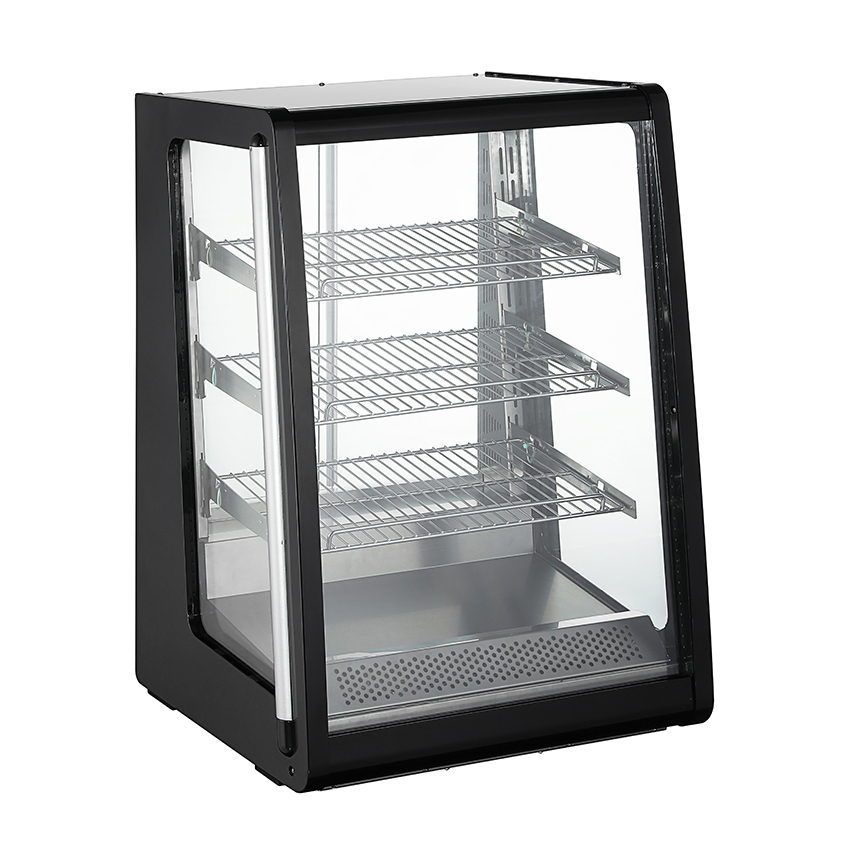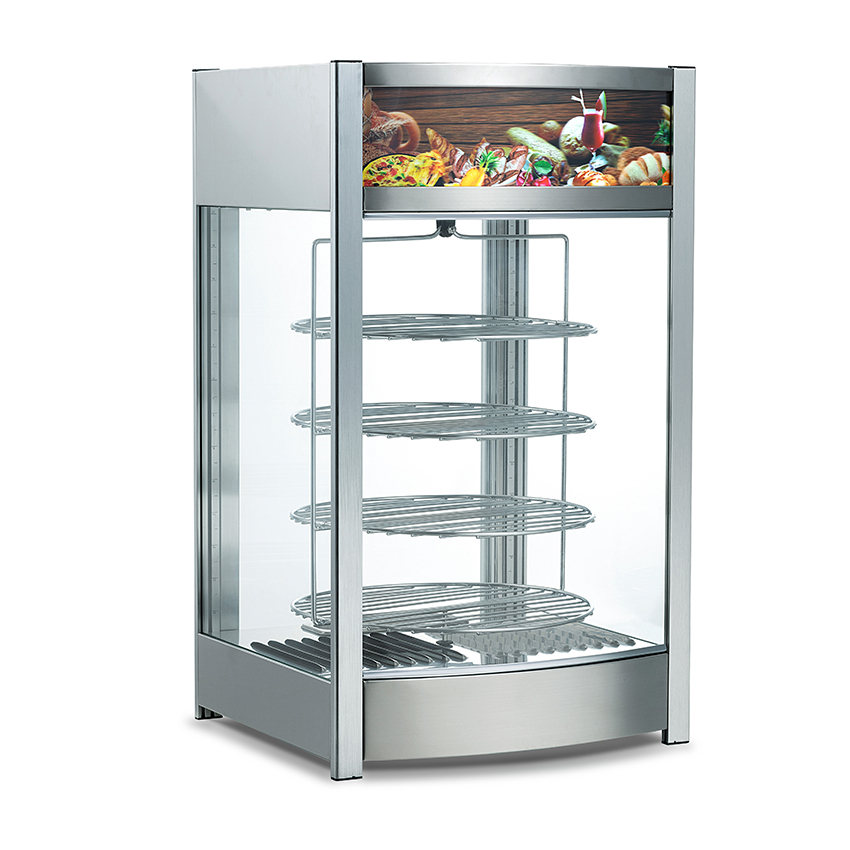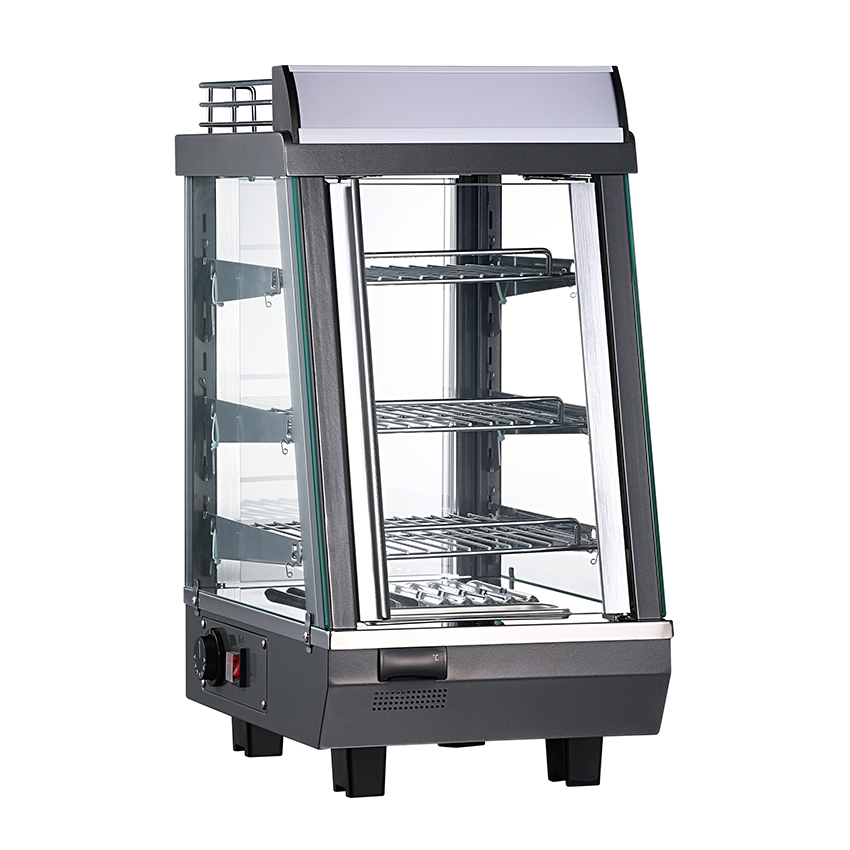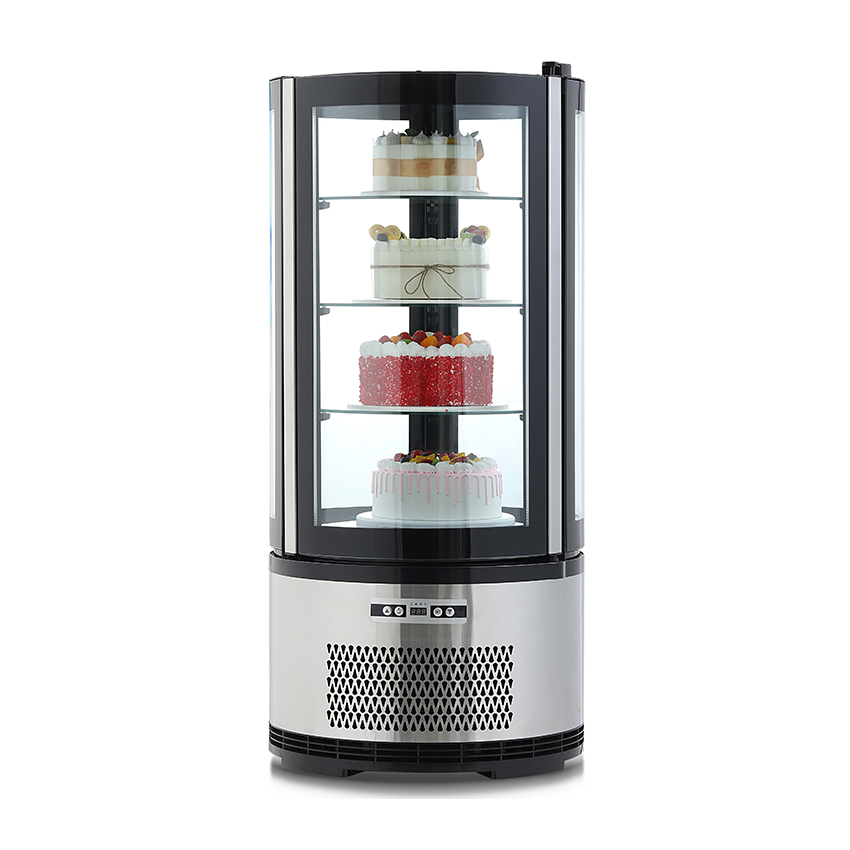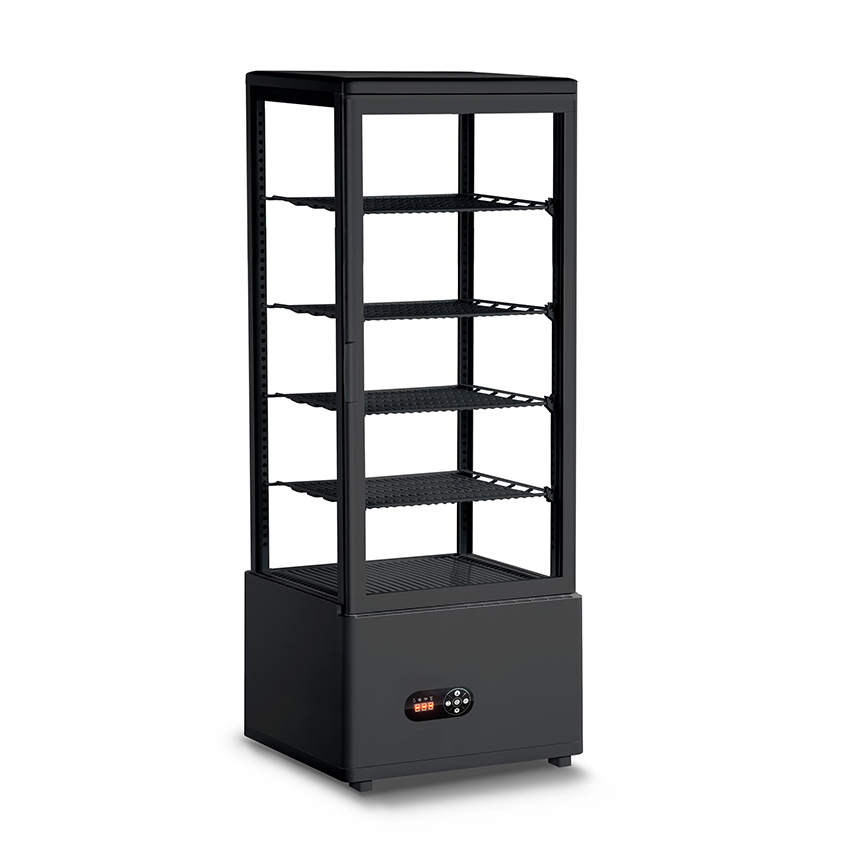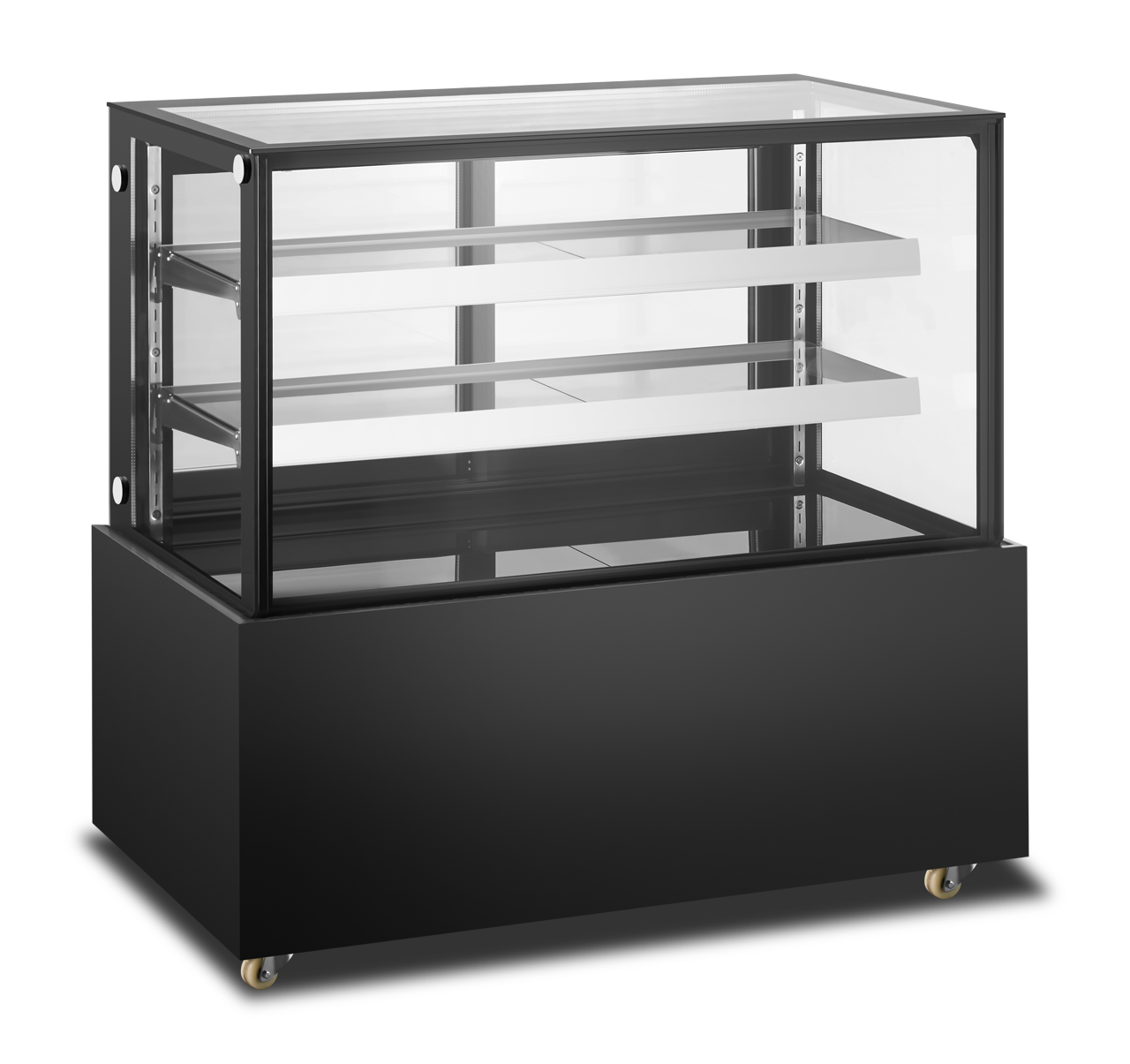Sushi display cabinets (also known as sushi refrigerators or conveyor belt sushi cabinets) are primarily used to maintain the freshness and presentation of sushi. Common faults primarily involve the refrigeration system, lighting, conveyor belts (conveyors), and temperature control systems. The following are common problems and their solutions:
1. Poor or no cooling
Possible causes:
Condenser clogged (dust or oil impairing heat dissipation)
Refrigerant leak (aging pipes or loose joints)
Compressor failure (damaged starting capacitor, burned coil)
Thermostat malfunction (sensor failure or incorrect setting)
Solution:
Clean the condenser (use a soft brush or vacuum to clean the heat sink)
Inspect the refrigeration lines; if there are any leaks, repair them and refill the refrigerant.
Test the compressor and replace any damaged starting capacitor or compressor.
Calibrate or replace the thermostat to ensure the set temperature is between 0 and 5°C (the optimal storage temperature for sushi).
2. Unstable temperature inside the cabinet (fluctuates)
Possible causes:
Deteriorated door seal (cool air leaks out, hot air enters).
Frequent door opening (causing cooling loss).
Fan failure (poor cooling air circulation).
Excessive ambient temperature (e.g., kitchen temperature exceeds 30°C).
Solution:
Replace the door seal to ensure a tight seal (use A4 paper to test: if clamped, it should be difficult to pull out).
Reduce door opening frequency and install a transparent curtain (such as the PVC curtains commonly used in sushi restaurants).
Check the evaporator fan, clean dust, or replace a damaged motor.
Improve ventilation and avoid direct sunlight or heat sources.
3. The conveyor belt of the conveyor belt sushi cabinet is not rotating
Possible causes:
Burnout motor or broken belt.
Faulty control panel (e.g., speed controller).
Stuck track (food debris or foreign matter).
Solution:
Check the motor and belt and replace damaged parts.
Test the control circuit and repair or replace the speed controller.
Clean the track and lubricate the bearings with food-grade lubricant.
4. LED lights are off or flickering
Possible causes:
Damaged light strip/lamp beads (sushi cabinets often use low-voltage LED lights)
Faulty power adapter (unstable output voltage)
Poor contact on the switch or wiring
Solution:
Replace the LED light strip (pay attention to the waterproof rating, such as IP65)
Check the power adapter to ensure the outputs match (e.g., 12V/24V)
Rewire and tighten any loose plugs or terminals
5. Water accumulation or severe frost inside the cabinet
Possible causes:
Clogged drain holes (blocked by food debris or ice chips)
Defrost function failure (heating element or timer malfunction)
Leaky door seal (humid air entering from outside)
Solution:
Clear the drain holes (using a thin wire or hot water)
Check the defrost system and replace any damaged heating elements or defrost timer
Adjust the door seal or replace the sealing strip to reduce frost buildup
6. Excessive noise (buzzing/clicking)
Possible causes:
Compressor vibration (aging or improperly installed foot pads)
Fan blades contacting the housing (deformed or loose)
Conveyor belt bearings lacking lubricant
Solution:
Reinforce the compressor base and install shock-absorbing pads
Align the fan blades and remove any foreign objects
Lubricate the bearings (food-grade lubricant)
Daily Maintenance Recommendations for Sushi Display Cabinets
Weekly Cleaning: Wipe the interior with a neutral detergent to prevent corrosion.
Monthly Inspection: Clean the condenser and test the door seal.
Quarterly Maintenance: Check refrigerant pressure and lubricate transmission components.
Avoid Overloading: Do not place sushi too close together, as this will affect air circulation.


 English
English русский
русский Español
Español Français
Français عربى
عربى italiano
italiano
